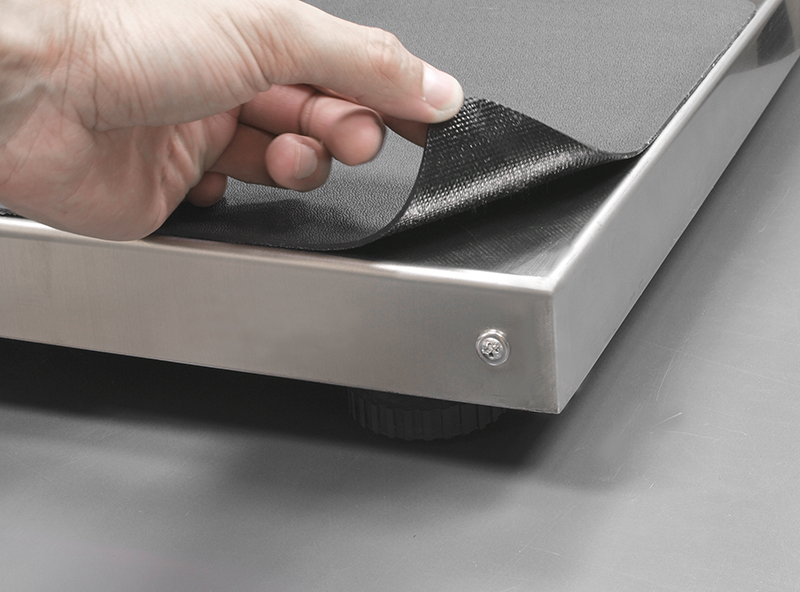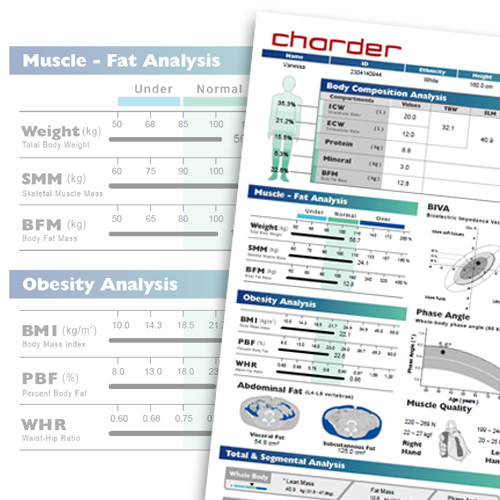The importance of Veterinary Scales

As the pet and animal market has exploded, so have the number of options when it comes to veterinary scales! Regularly monitoring weight helps veterinarians ensure overall animal health. Crucially, many medication dosages are weight-based, so getting an accurate measurement is quite important!
Good procedure for measurement can significantly reduce errors, but the quality of the scale itself is also key to making life easier for practitioners. So what are some things to take into account when selecting the right type and model?
Capacity and Graduation
One of the first things to consider when choosing a Veterinary Scale is capacity, which is essentially determined by the type of animal(s) you need to weigh. A scale used to measure larger animals such as sheep will need a larger capacity compared to one used to measure smaller animals like cats. Also, it's important to remember that although you can of course weigh a small animal on a large scale, it is better to use one with a smaller capacity, because the smaller ones will generally provide the smaller graduation needed to display a precise weight (ex: 1g vs 100g at a time). A difference of a few grams means a lot more for a small cat compared to a large dog!
As such, it's possible that a veterinarian clinic may need multiple different scales to serve the needs of all their "customers" big and small!

Size and Material
Similarly, the measurement platform needs to be large enough to accommodate the size of the animal. Something to consider is how the scale/platform will fit in the clinic, with enough space to move around it as well.
Sturdy materials are recommended to withstand daily cleaning, and also hold up to rough use, as animals can be rather unpredictable! Veterinary scales with a certain level of water resistance and impact protection are a good idea.
Something else to consider is adding anti-slip mats to the platform, as some animals may be uncomfortable on materials such as stainless steel.

Functions and Features
Functions and features can simplify the weighing procedure and make the scale easier to use. Examples include hold (weight lock), tare, movement compensation, and low profile.
A) Hold / Weight Lock allows the scale to continue displaying the weight measurement result even after the animal has been removed from the measurement platform. It also makes it easier to acquire a stable weight for a nervous and constantly moving animal! This is generally combined with some form of movement compensation technology (commonly found in infant scales as well) to ensure the weight recorded is accurate.
B) Tare can be used to remove unwanted weight. For example, you can place a blanket on a stainless steel measurement platform for additional warmth and comfort, and press "tare" before measurement to deduct this extra weight from the end result.
C) Low profile scales make it so animals don't have to take large steps to get on or off the platform, reducing fear and difficulty.
Overall, choosing the right veterinary scale for your facility is important, and Charder offers a variety of options in capacity, graduation, size and functions to meet your needs!




